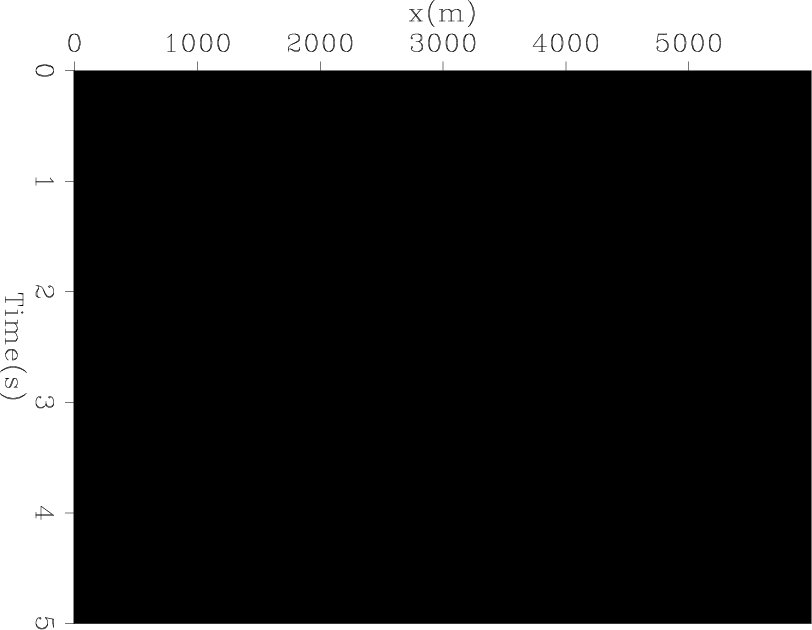|
|
|
|
Short note: GPU accelerated 3D wave propagation and continuous coil shooting |
The model used to create the data was the latest iteration of the SEAM model, and for the 2D case a variable density two-way wave propagation algorithm was used. For the 3D modelling a constant density 3D GPU code was used, with the view of extending this to variable density. The SEAM model itself is extremely large, with over 20 billion samples, and so a small section of the data was windowed. A representative view of this windowed section can be seen in Figure 1.

|
|---|
|
3dslice
Figure 1. A cubeplot of the windowed section of the SEAM data. |
|
|
Within this section, a salt body with an allochthonous arm extends into the sediments. Above the salt there is a carbonate layer, and the sediments are finely layered with an increasing velocity with depth.

|
|---|
|
2dshot
Figure 2. A subsurface shot at 1km depth. |
|
|
Figure 2 shows an example of a simulated shot from the SEAM dataset.
|
|
|
|
Short note: GPU accelerated 3D wave propagation and continuous coil shooting |